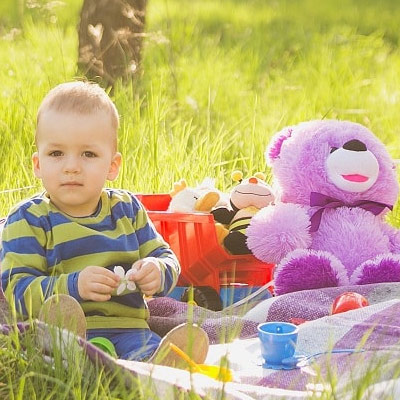 Parents try their best to keep their children out of harm’s way. Â They strap a newborn into a car seat for her first car ride home, plus they childproof every room in the house – and this is only the beginning. Â From the moment your child enters this world, you will do everything in your power to keep her safe. Â It’s your job.
Parents try their best to keep their children out of harm’s way. Â They strap a newborn into a car seat for her first car ride home, plus they childproof every room in the house – and this is only the beginning. Â From the moment your child enters this world, you will do everything in your power to keep her safe. Â It’s your job.
While this component of parenting may seem daunting, attempting to reduce or to eliminate safety hazards in a child’s world DOES make a difference.  To understand all potential danger, keep reading, listen to the news, and heed other parent’s warnings.  In short, never be complacent, not even when your son or daughter grows into a tween.
For instance, tweens have the tendency to dig holes.  They dig in the sand at the beach, and they dig in the snow at home.  Some even attempt to create tunnels or fortresses in which to hide.  While an adult can appreciate a child’s desire to create some place to hide out, we must also make sure that safety doesn’t become compromised.
Sadly, several youths have died at the beach after suffocating in sand. Â Some dug tunnels that imploded on them, and others dug deep holes and the sides caved in. After the last tragedy in California, new reports warn parents to educate their children on the dangers of sand. Â In fact, safety experts recommend only digging into the sand as far as the lower knee.
Like sand, snow can also collapse and suffocate a child. Â Never allow a child to tunnel into a deep snow drift or to create a top heavy “igloo.”
Another little known safety hazard involves the insect called a deer tick. This bug, which lives in the woods and tall grassy areas, waits for a host to attach itself to. Â Once firmly stuck on the skin of an animal or a human, the tick will ingest blood and grow in size. Â The main problem, however, is that deer ticks can carry disease. Â For example, Lyme disease is on the rise in several parts of the northern United States.
To avoid Lyme disease, when your tween comes inside after playing in the yard (woods/grass), make sure he/she checks for these bothersome insects. Â And if you are just vacationing “up north,” keep an eye out for ticks. Â Follow this link to see photos of the tick at various stages of engorgement.
A final safety concerns involves something that isn’t usually thought of as hazardous: texting. Â If your tween loves to text and he or she becomes so enthralled with a conversation when walking, there could be negative consequences. Â A teen should not drive while texting, and a tween should not text while walking!
As these examples show, there are many safety hazards that you may not even be aware of. Â Do your best to continue learning, as “putting your head in the sand” never helps. Â You CAN keep your child safe if you vow to keep safety first.










